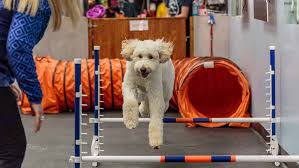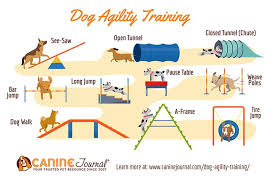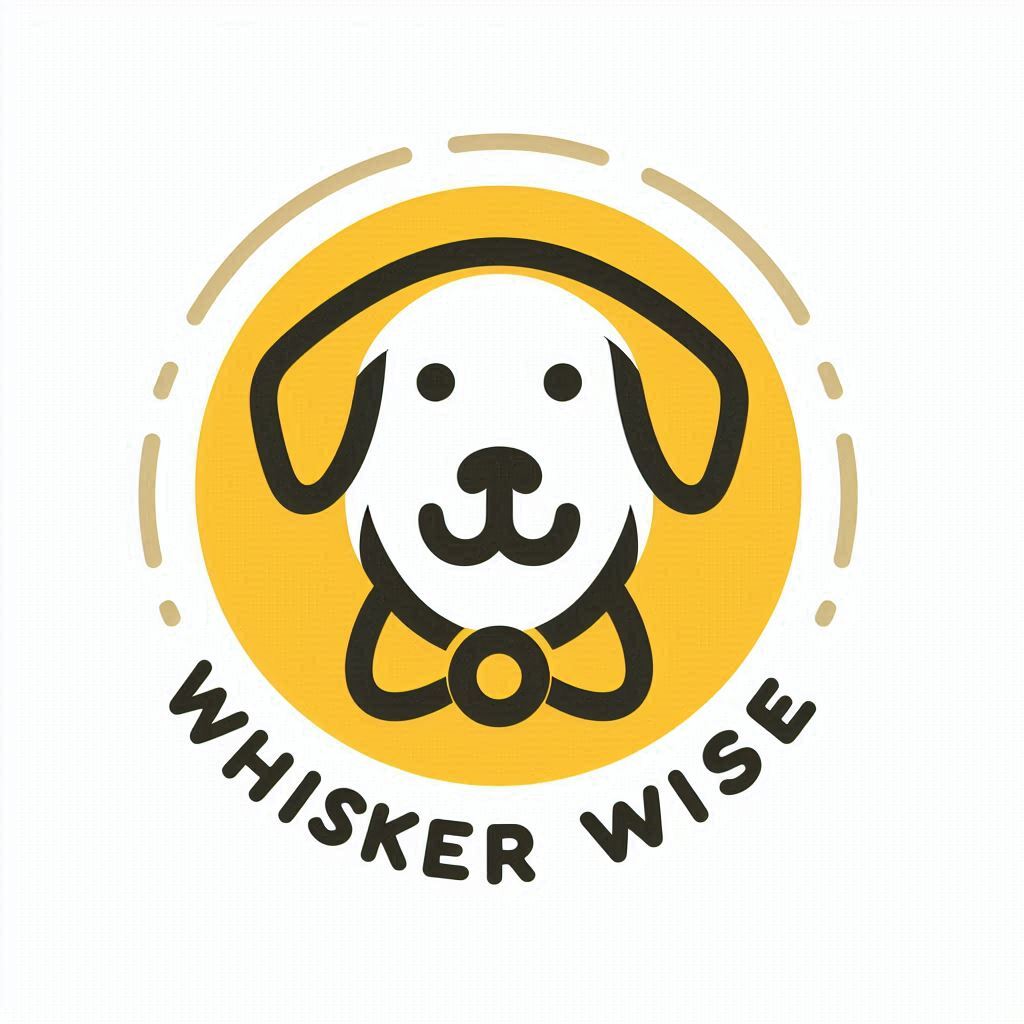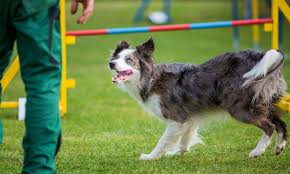If you’re looking to transform your daily dog walks into something more enriching for both you and your four-legged friend, agility training is a golden opportunity. This isn’t just about teaching your dog new tricks. It’s also about tackling behaviour issues that many owners face. From anxious pacing to relentless digging, agility training offers a constructive outlet for your dog’s energy.
Consider agility training as the ultimate whole-dog workout. Here’s why: it’s a blend of mental and physical challenges that keep dogs engaged and exhausted in the best way possible. Twists, turns, and leaps keep their bodies moving, while navigating the course keeps their minds sharp. If you notice your dog getting that glazed-over look during a regular ‘fetch’ session, it’s time to switch it up.
Now, imagine going to a park and feeling confident that your dog will respond to your cues, even with distractions abound. That’s what agility training can do for off-leash reliability. This structured play teaches dogs to focus on their handlers amidst a plethora of stimuli. It’s the ultimate practice for real-life situations, from hiking trails to crowded streets.
You’re going to find out that agility is far more than a series of physical tasks. Every jump and tunnel is a chance to deepen your communication with your dog. As you both learn the ropes of agility, the resulting enhancement in training is evident. Dogs become more attuned to subtle signals and commands, while owners learn to convey clear instructions with confidence.
Agility offers a unique way to strengthen bonds between dogs and their people. It’s teamwork in action. As you both navigate the highs and lows of learning, the trust and understanding between you grow. And let’s not forget, it’s incredibly fun. Watching your dog zoom through a tunnel or sail over a jump brings joy that goes beyond a simple ‘good dog’.
This sense of achievement doesn’t just bolster your dog’s confidence; it’s a shared victory that cements a lasting partnership. And as agility requires consistent practice, it’s a commitment to regular, quality time together. So, as you delve deeper into the advantages of agility, keep in mind that it’s also setting you up for success in the next phase: understanding the training dynamics.
The Art and Heart of Agility Training: Connecting with Your Canine
Agility isn’t just an activity; it’s an art form that enhances the connection between you and your dog. Envision navigating through an obstacle course as a fluid dance, where your body language and the tone of your voice guide your dog’s every move. This section will explore the intricate give-and-take of signals and responses that transform a simple run through jumps, tunnels, and ramps into a synchronized performance.
Communication on an agility course relies heavily on non-verbal cues. Your dog watches you closely, responding to subtle changes in your movement – a turn of your shoulder might signal a sharp change in direction, while a point of a finger could send them dashing through a tunnel. It’s a language developed through trust and practice, where each gesture holds meaning. Recognizing and honing these signals can augment the effectiveness of your team’s performance.
But what about pace and energy? I’m going to tell you this: agility training isn’t a leisurely stroll in the park. It demands enthusiasm and patience from both handler and dog. Your energy sets the tone. A dynamic, encouraging attitude not only keeps your dog engaged but also makes the experience more enjoyable for the both of you.
 Working as a team, you and your beloved canine will face a variety of challenges on the course. However, don’t worry too much about the hurdles and weave poles that might trip you up initially. Every error is a learning opportunity, a chance to improve communication and refine your approach. The true beauty of agility lies in overcoming these obstacles together, leading to a riveting crescuncendo of shared triumph when you and your dog clear the course flawlessly.
Working as a team, you and your beloved canine will face a variety of challenges on the course. However, don’t worry too much about the hurdles and weave poles that might trip you up initially. Every error is a learning opportunity, a chance to improve communication and refine your approach. The true beauty of agility lies in overcoming these obstacles together, leading to a riveting crescuncendo of shared triumph when you and your dog clear the course flawlessly.
This isn’t just about racking up ribbons or setting records. It’s also profoundly about the bond you forge with your canine companion as you progress through training. Your commitment to each other is what will ultimately make you shine as a duo. Agility training is where trust is transformed into an art form, one leap and dash at a time.
Embarking on an Agility Adventure: History, Organizations, and Getting Started
Now you’ve got a solid understanding of the benefits and dynamics of agility training, I’m going to walk you through its origins and offer some practical advice on how to get involved. Agility training isn’t just a modern-day fad; it has its roots firmly planted in the history of dog competitions, sprouting up in England in 1978 as an entertaining halftime show at the Crufts Dog Show. Since then, it has evolved into a beloved sport worldwide, with various sanctioning organizations each bringing their own unique flavor to the competitions.
Navigating through the acronyms and titles might seem daunting at first, but there’s a lot of opportunity in finding the right fit for you and your dog. Organizations vary from the American Kennel Club (AKC) to the United States Dog Agility Association (USDAA), with each setting different rules and styles. Some may emphasize speed while others focus on precision, so choose something that resonates with you. There are relevant Dog clubs in most counties, check them out!
If you want to start agility training with your pooch, check out local dog clubs that offer agility classes. These clubs are hubs of knowledge and can be incredibly helpful in finding the right path forward. Attending agility trials as a spectator is also a great way to immerse yourself in the community and learn more about the sport. Plus, it can be a thrilling experience to watch skilled teams navigating the courses.
Don’t worry too much about having the ‘right’ kind of dog or the best equipment to begin with. Agility is inclusive; all breeds and sizes can participate, and you can always adjust your approach down the road. Starting off with homemade or improvised obstacles at home can be just as effective to introduce the basics to your dog.
Remember, the journey into agility training is as much about creating joyful moments with your canine companion as it is about ribbons and accolades. Your first attempt doesn’t need to be your last, and it certainly doesn’t need to be perfect. Agility offers an avenue for endless fun and an incredible way to enhance your bond. So my question to you today is, ready to take the leap?
P.S. This post contains affiliate links. If you make a purchase through these links may earn a small commission at no extra cost to you

